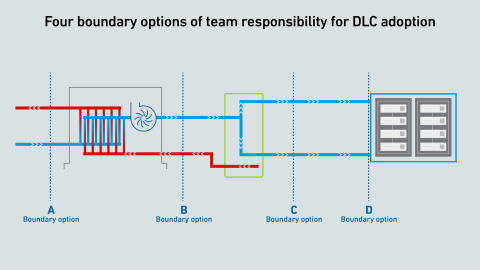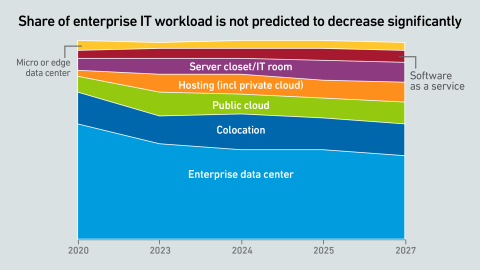The European Commission's proposed data center rating and labeling scheme will require operators to report a range of operational data. This report details Uptime's official response to the proposals.
filters
Explore All Topics
The terms “retail” and “wholesale” colocation not only describe different types of colocation customers, but also how providers price and package their products, and the extent to which customers can specify their requirements.
In 2025, three US states passed legislation to manage data center access to energy and water resources, protect residential electricity rates and mitigate electrical grid instability — which may prompt other states to follow suit.
Liquid cooling contained within the server chassis lets operators cool high-density hardware without modifying existing infrastructure. However, this type of cooling has limitations in terms of performance and energy efficiency.
The EU is stepping up efforts to implement the Energy Efficiency Directive for data centers by announcing a related energy efficiency package, due to be released in Q1 2026.
As Malaysia’s data center market booms, the government has initiated regulations and standards to manage and direct energy use, efficiency and sustainability — building on emerging global policy trends.
Current geopolitical tensions are eroding some European organizations’ confidence in the security of hyperscalers; however, moving away from them entirely is not practically feasible.
Data center operators are increasingly aware that their operational technology systems are vulnerable to cyberattacks. Recent incident reports show a rise in ransomware attacks, which pose significant risks to data centers
Training large transformer models is different from all other workloads — data center operators need to reconsider their approach to both capacity planning and safety margins across their infrastructure.
The EU Commission has used a non-representative dataset to propose minimum performance standards (MPS) for PUE, WUE and REF, effective in 2030. The mandate risks the rebuilding of 30% to 40% of data center space in four years.
Although the data center industry is mostly aware of the EU’s Energy Efficiency Directive, Uptime Intelligence’s research suggests widespread confusion on specific components of the directive — and its implementation status.
A report by Uptime's Sustainability and Energy Research Director Jay Dietrich merits close attention; it outlines a way to calculate data center IT work relative to energy consumption. The work is supported by Uptime Institute and The Green Grid.
Direct liquid cooling challenges the common “line of demarcation” for responsibilities between facilities and IT teams. Operators lack a consensus on a single replacement model—and this fragmentation may persist for several years.
The European Commission has proposed a data center rating scheme/label that is broadly scoped and highly detailed. The label needs to focus on a few key indicators including three meaningful IT infrastructure metrics.
Although the share of processing handled by the corporate or enterprise sector has declined over the years, it has never disappeared. But there are signs that it may reclaim a more central role.
 Jay Dietrich
Jay Dietrich
 Dr. Tomas Rahkonen
Dr. Tomas Rahkonen

 Dr. Owen Rogers
Dr. Owen Rogers
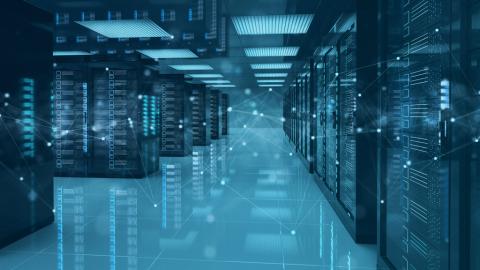
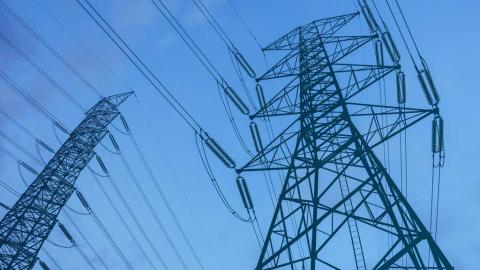
 Max Smolaks
Max Smolaks
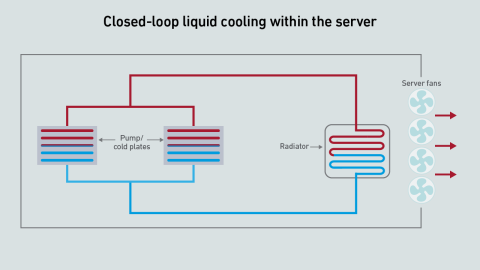

 Seb Shehadi
Seb Shehadi

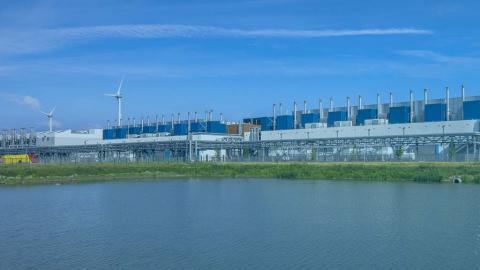
 John O'Brien
John O'Brien
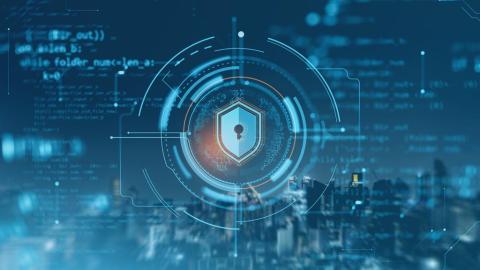
 Daniel Bizo
Daniel Bizo

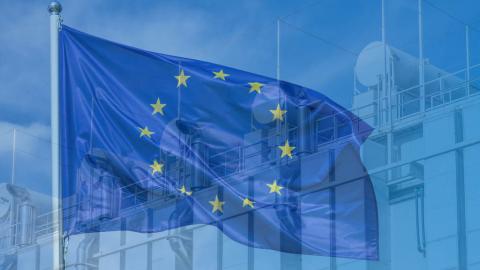

 Andy Lawrence
Andy Lawrence
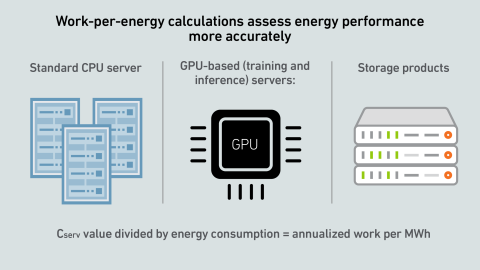
 Jacqueline Davis
Jacqueline Davis
